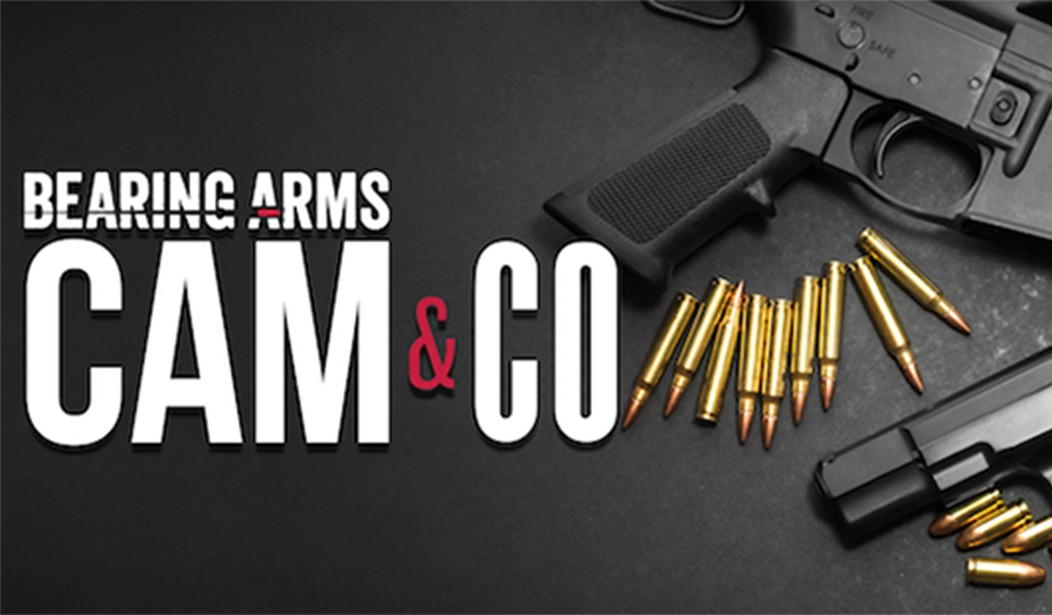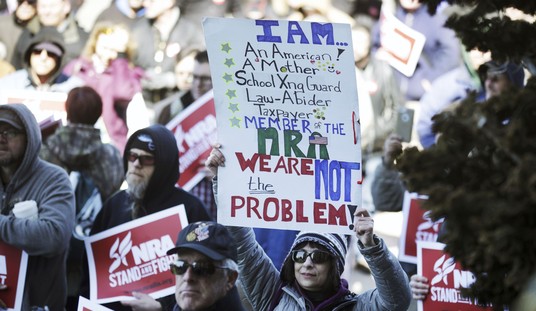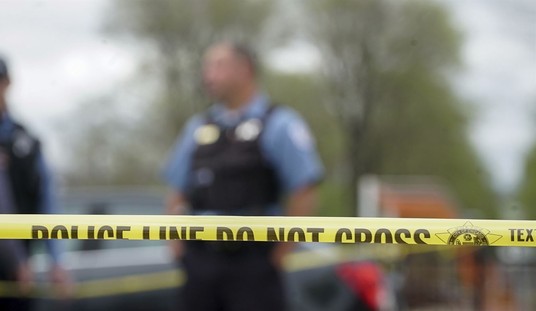Retired ATF Deputy Assistant Director Peter Forcelli helped to blow the whistle on Operation Fast & Furious, and his new memoir of his time in the Phoenix field office where the gunwalking scandal took place offers an infuriating and troubling first-hand account of dysfunction and inexplicable decisions made by ATF officials and prosecutors with the U.S. Attorneys Office.
On today's Bearing Arms Cam & Co, Forcelli discusses the scandal and what the DOJ was really trying to accomplish, as well as his thoughts on ATF Director Steve Dettelbach and the Biden administration's weaponization of the agency.
One of the biggest questions involving Fast & Furious that has never been answered to my satisfaction is "why"? Why did anyone approve an operation that allowed hundreds of guns to cross the border into Mexico? The assertion from ATF and DOJ higher-ups that the guns were going to be tracked, allowing cartel members to be arrested in Mexico, never made much sense. There was no tracking involved, and as Forcelli notes, the DEA had a much bigger footprint in Mexico than ATF did at the time, so the agency never had the resources or personnel in place to follow the guns once they crossed the border.
But as Forcelli documents, the decision to greenlight the operation is even more perplexing given the USAO's previous reluctance to prosecute cases where guns had crossed the border. The US Attorney's Office routinely told Forcelli and others in the ATF Phoenix field office that the doctrine of corpus delecti applied, and once guns crossed into Mexico the "body of the crime" was no longer on U.S. soil and therefore almost impossible to prosecute. Giving the thumbs up to Operation Fast & Furious never made any sense from an actual law enforcement perspective, but Forcelli shows that it also flew in the face of the USAO's existing policies and practices.
Forcelli wasn't directly involved in Operation Fast & Furious, (he served as Group I Supervisor in the Phoenix ATF office, and Fast & Furious was run by Group VII), but he knew that something unusual was going on when he started hearing some unusual stats in weekly supervisors' meetings.
"In Group VII, I remember, the first discussion was a case where they believed 600 guns were trafficked to Mexico," Forcelli recalled. "I assumed at that point when Dave Voth [the Group VII supervisor] was talking about 600 guns that they had found a treasure trove of historical intelligence, but then in subsequent meetings the number would go up and up. So I started asking questions like 'hey, are you guys stopping these cars and asking questions of the dealers?' And they were like, 'no no, we're doing something different."
Soon Forcelli was getting calls from local FFLs wondering why they were getting trace requests on guns that they had previously flagged for the agency.
"All of a sudden the dealers are getting calls saying 'hey, your gun was found in Mexico', and they're like 'wait, we called ATF about that particular gun'. Again, the guns were walking. So some of those dealers who trusted us started calling us asking what's going on, and we were like 'this doesn't make any sense to us either.'"
"That's when we started to realize that the dealers were doing their part, and ATF, rather than doing its part and interdicting the firearms, when we had probable cause to do so, were just letting them ride off into the horizon."
Not long after, U.S. Border Patrol Agent Brian Terry was shot and killed by a crew of armed robbers, some of whom were armed with guns released into Mexico as part of Operation Fast & Furious. That's when Group VII member John Dodson first blew the whistle and contacted Sen. Charles Grassley's office.
"A lot of people, when John stepped forward, thought he was lying," Forcelli said. "It went so far against the grain of how we operated that even people I respected within ATF didn't think John was telling the truth, but it turns out he was."
Forcelli says when he overheard a conversation that the U.S. Attorney's Office was thinking of indicting Dodson for speaking out, that's when he knew he had to speak up as well.
More than a decade has passed, and despite the efforts of folks Dodson, Forcelli, journalist Sheryl Attkisson, and many others, we still don't know the real reasons behind Operation Fast & Furious. Forcelli's memoir adds some light to the decision-making in Phoenix, but it doesn't answer every remaining question about how and why the gunwalking operation was given the go-ahead.
Forcelli says he "knows for a fact" that then-Attorney General Eric Holder had received briefing papers on Operation Fast & Furious while it was taking place, and he described a meeting between White House and some ATF officials (but not Forcelli himself) that took place in Phoenix during the early stages of the gunwalking operation. According to Forcelli, one of the agents who did attend that meeting ran out and purchased an FN Five-SeveN pistol afterward because the Obama administration officials were talking about trying to ban their sale going forward.
Was Operation Fast & Furious designed to fuel the cartel violence in Mexico in order to put pressure on U.S. lawmakers to adopt more gun control policies or allow the Obama administration to craft new ATF rules, or was it simply a bad idea that was repeatedly given the green light by ATF and DOJ officials? Even accounting for the failings of big government, the latter theory just doesn't make much sense, especially in light of Forcelli's details about the number and types of cases that the USAO in Phoenix was refusing to prosecute while signing off on the Fast & Furious investigations. In Forcelli's mind, whatever the Obama administration was hoping to accomplish, it ended up directly facilitating what he believes is the biggest law enforcement scandal in U.S. history.
As for the ATF's current leadership, Forcelli tells Bearing Arms that he "does not agree at all" with where Steve Dettelbach has taken the agency.
"Especially this name-and-shame thing; no director in my time at ATF would have ever even thought of such a thing. My understanding, and I have friends that I'm not going to name because I don't want to get anybody in trouble, but he's getting his marching orders from Rob Wilcox at the White House. He's in the office of the gun czar, former Everytown guy, and he's [Dettelbach] something of a straw man."
Wilcox is the Special Assistant to the President and Deputy Director of the White House Office of Gun Violence Prevention, but was formerly the Senior Director of Federal Government Affairs at Everytown for Gun Safety. In other words, he's a gun control lobbyist now officing in the White House, and if Forcelli is right, he's the guy directing the ATF's war on the firearms industry; from manufacturers down to FFLs.
Forcelli says the gun store owners he dealt with in Phoenix were "partners" in combatting gun trafficking, not the enemy.
"They were great sources of information, and they were people who were trying to run legitimate businesses. So going after them and crushing them, in my opinion, does nothing to protect public safety," Forcelli declared. "I hope that at some point we get a director who recognizes the importance of going after violent people who are misusing guns and stop going after the gun or the gun industry who are there doing something that's protected by the Constitution and who, like I said, in most cases were very, very good citizens."
Most of us would probably prefer to see the ATF defunded completely, but until that happens the agency at least needs a director who won't be taking their marching orders from the gun control lobby.
Check out the entire conversation with Peter Forcelli in the video window below, and I'd encourage you to pick up a copy of The Deadly Path: How Operation Fast & Furious & Bad Lawyers Armed Mexican Cartels. It may not answer every unanswered question about the deadly scandal, but it still provides an invaluable first-hand account of how the agencies involved operated before, during, and after the scandal came to light.









Join the conversation as a VIP Member